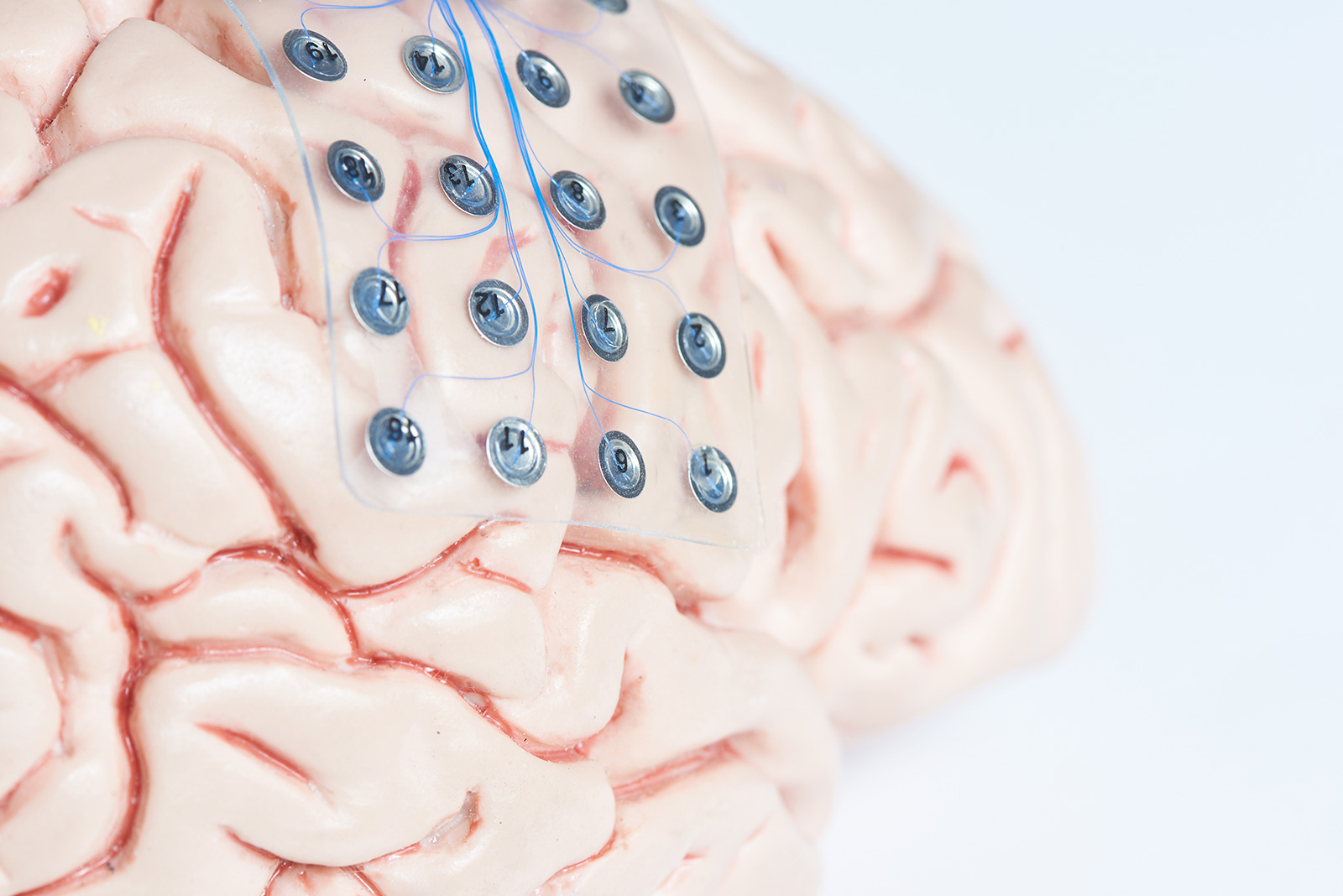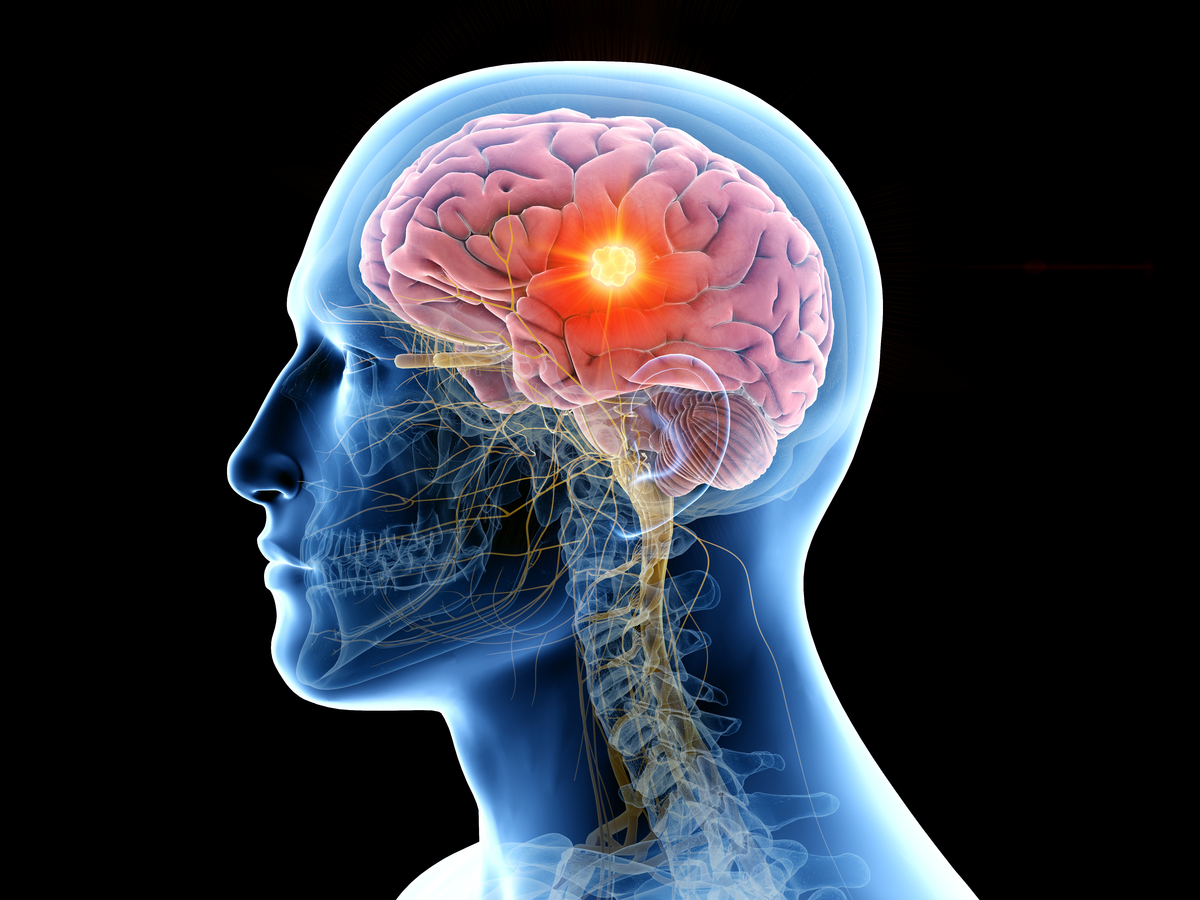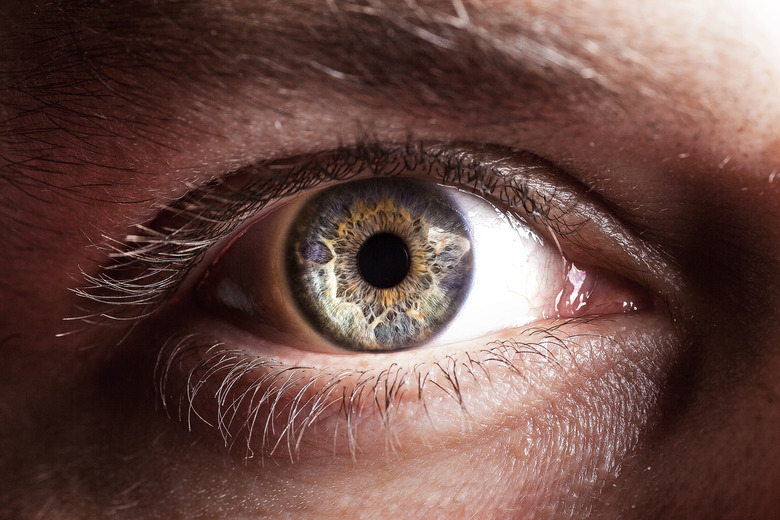Breakthrough Brain Implant Lets Blind Woman See Shapes
New research from a group of scientists has showcased how a team of researchers came together to create artificial vision for a 58-year-old blind woman, allowing her to see simple shapes. According to the report, the group was able to use penetrating electrodes to create the shapes the woman experienced. In a sense, the brain implant allowed the blind woman to "see" simple shapes.
By placing an array on the visual cortex, scientists say they were able to stimulate the neurons around it to create artificial vision for a blind volunteer. They were then able to record the experience using the array as well as a pair of eyeglasses equipped with a miniature video camera.
Brain implant creates artificial vision for blind woman

Scientists from the University Miguel Hernández in Spain, the Netherlands Institute of Neuroscience, and the John A. Moran Eye Center at the University of Utah carried out the work. According to an article published in The Journal of Clinical Investigation, Professor Eduardo Fernández, MD, Ph.D., from Miguel Hernández University of Elche, wrote that the penetrating electrodes were created using an intracortical 96-channel microelectrode array situated in the volunteer's occipital cortex.
The electrodes in the brain implant then stimulated the brain, causing the blind woman to experience artificial vision in the form of white points of light called phosphenes. Those points then created the images the woman experienced.
"These results are very exciting because they demonstrate both safety and efficacy and could help to achieve a long-held dream of many scientists, which is the transfer information from the outside world directly to the visual cortex of blind individuals, thereby restoring a rudimentary form of sight," Prof. Eduardo Fernández wrote in the article (via Neuroscience).
Building Forward

An illustration is shown of what the human brain looks like inside the skull.
The reports say the results of this experiment are encouraging. At the moment there do not appear to have been any negative effects on the volunteer's brain. However, Fernández noted that there are several unanswered questions and problems to solve.
The group plans to conduct further experiments. Professor R.A. Normann, a co-author of the study, noted the overall goal is to give blind people more mobility. According to the reports, scientists plan to use more sophisticated systems next time. This should allow for more complex visual images.
If successful, brain implants like this could allow blind women and men to identify other people, doorways, cars, and more. It would, essentially, help create more independence for the user, as well as increase their safety. This also isn't the only scientific breakthrough surrounding vision for the blind. Five years ago, a bionic eye implant allowed a blind man to see again for the first time in 40 years.
